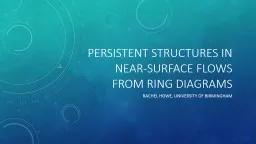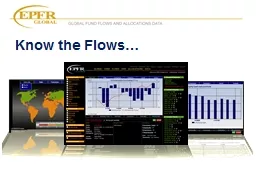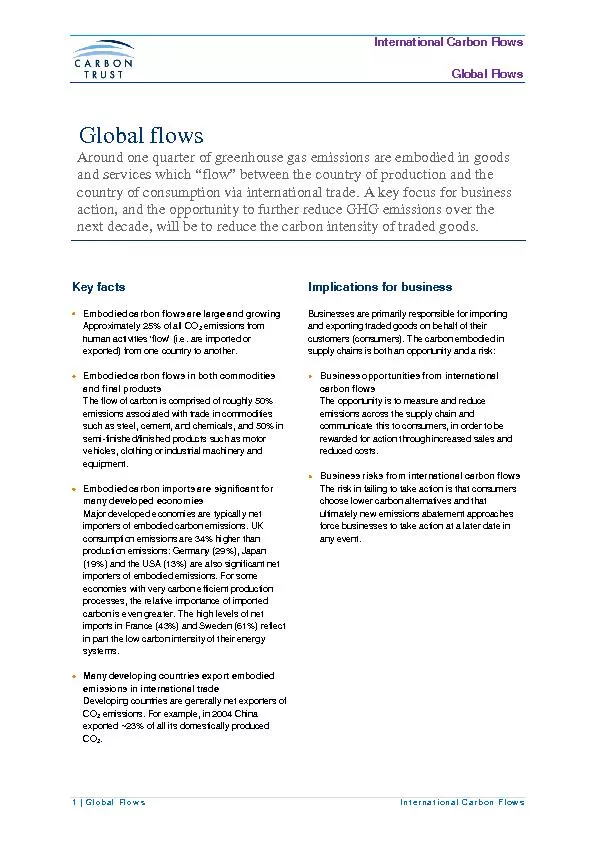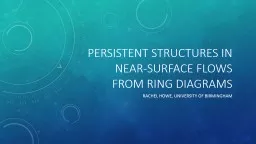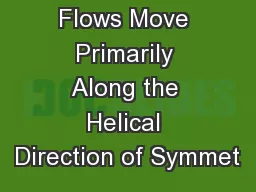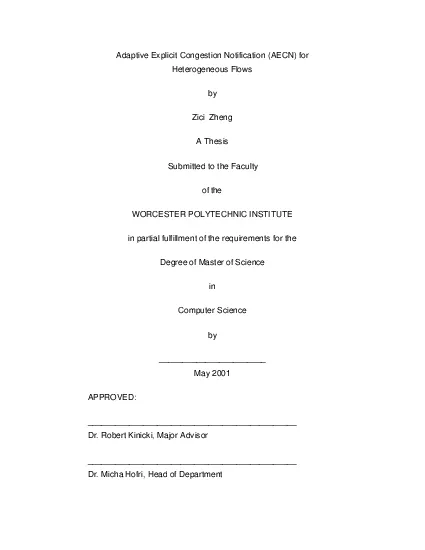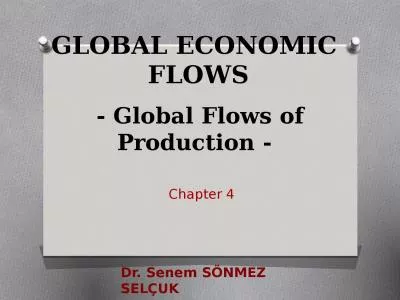PPT-Persistent structures in near-surface flows from ring diagr
Author : natalia-silvester | Published Date : 2017-04-28
Rachel Howe University of Birmingham D Baker MSSL R KomM NSO R Bogart Stanford Introduction The Sun has flows at many scales from global rotation to flows around
Presentation Embed Code
Download Presentation
Download Presentation The PPT/PDF document "Persistent structures in near-surface fl..." is the property of its rightful owner. Permission is granted to download and print the materials on this website for personal, non-commercial use only, and to display it on your personal computer provided you do not modify the materials and that you retain all copyright notices contained in the materials. By downloading content from our website, you accept the terms of this agreement.
Persistent structures in near-surface flows from ring diagr: Transcript
Download Rules Of Document
"Persistent structures in near-surface flows from ring diagr"The content belongs to its owner. You may download and print it for personal use, without modification, and keep all copyright notices. By downloading, you agree to these terms.
Related Documents

